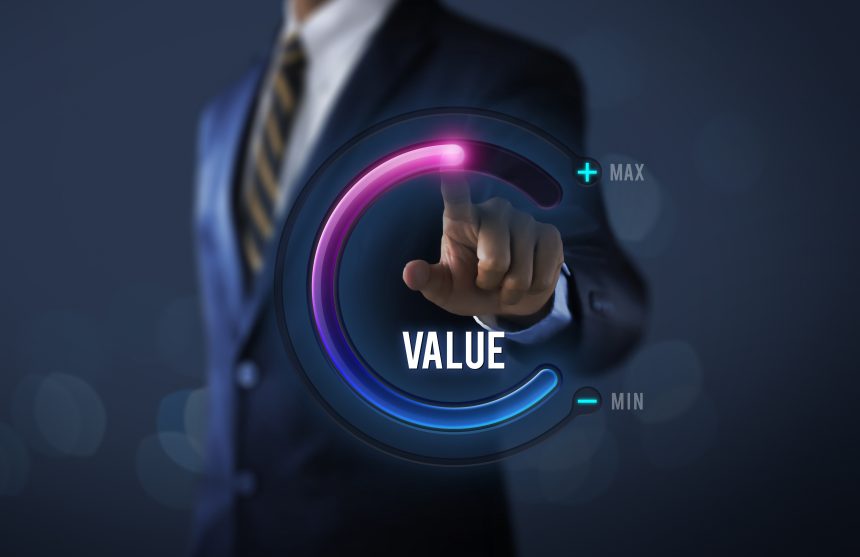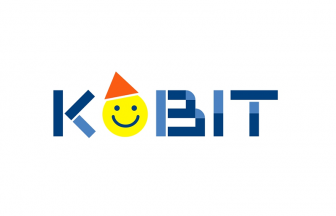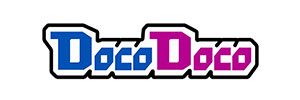For example, there is water called “Acure” in Japan. This water has a cap that does not fall off when you open it, and the cap may fall off when you open the cap with a plastic bottle. But in the case of this Acure, it’s a plastic bottle that will stop exquisitely even if you open the catch. This is Product. But what is the value of this just by saying that it will not fall? I don’t really understand that.
Perhaps you may think that there is no such thing as dropping a cap. If it is, then it has no production value. When it comes to value, you are going to see it on Acure’s website. The value is clearly written there. Explaining the value is very important in marketing.
Think about what kind of situation you are in, for example, when you go out with your child. Even if you think that you wouldn’t drop it, you feel that would be really useful for a kid to handle. It can be deeply convincing if you understand that “it is important for the child not to drop the cap of the water bottle” especially when you are in a train because you can easily imagine it would be messy when a kid drops a cap on the floor and water is spilled.
Now let’s consider the situation of the concert. For example, when I think of a situation where I’m listening to an artist’s performance at an outdoor concert, I’m screaming while holding the bottled water in one hand. This is convenient because the cap won’t drop. Moreover, I’m sweating a lot at a live performance so I want to drink it frequently. It gets so hot until it is troublesome to open and close with a cap each time.
This is the idea of connecting Product and Customer Value. We just talk about the “best of the product”. I often hear stories like “Watch this product is 5 times stronger than other products !”. Even if there is 5 times more power, whether or not consumers are happy is completely different. Why are you happy about this? It is important to present it as a value that is convenient in such situations.
Next, let’s think about places.
Do you think you can make a new change to the place? It sounds hard, but see an example of changing distribution channels to an online shop. For example, you can apply the idea of “trial purchase” in E-commerce distribution.
Specifically, this is an actual example at an eyeglass store. Commonly you would like to buy glasses after actually trying to see if it fits your nose shape. If you don’t actually wear shoes, you don’t know if they really fit .
So, the E-commerce websites came up with a new way of selling. They say “We send you shoes first. You buy if they fit you when you try. Or return if they don’t fit you”.
This happened in the place of E-commerce websites. This is a case study of a trial purchase. In this way, even if there is no change in product, price and promotion, it looks like a completely new state just by changing the place.
This is how to use 4P. The trial purchase is a scheme where you would receive the products and return. The Convenience of this is to “eliminate shopping anxiety”. In response to the psychology that “Will I receive something fits me? I don’t want to waste money because something strange might be sent,” it offers the convenience of “You can receive once and return goods easily”. So you will not fail to ship with a trial purchase and this is a new value. Then, you can communicate with customers with messages like ‘To those who you would not like to fail shopping” or “Why don’t you experience a trial purchase?” to make your clients happy. Then, it will become a banner advertisement or landing page, and 4P and 4C will change dynamically while interlocking.
Author information:
Nozomu Kubota

Born in New York, the USA, he is the CEO and Founder of Creator’s NEXT, Inc. He graduated from Keio University in Japan with a degree in policy studies, and at the age of 15, he did his first programming development and built user-generated media. He has been invited to speak on digital marketing in Spain, Hong Kong, Singapore, and Luxembourg, and has won many hackathons. He won the Good Design Award, won KVeCS 2018 Grand Finale, and was invited to New York, won IE-KMD MEDIATECH VENTURE DAY TOKYO, and was invited to Spain. In 2019 and 2020, he will be selected from 37,000 people to be the best web analyst in Japan (Best of Best) for two consecutive years. He completed the Global Consumer Intelligence Endowed Chair in Global Consumer Intelligence/Matsuo Laboratory (GCI Winter 2019) at the University of Tokyo’s Graduate School of Engineering, Department of Technology Management and Strategy. He completed the MIT Sloan & MIT CSAIL Artificial Intelligence: Implications for Business Strategy Program at the Massachusetts Institute of Technology.
He has a strong background in implementing scalability in global marketing and has written textbooks on marketing and A/B testing and has spoken and trained in front of over 3,000 marketers. His web analytics tool KOBIT is used by more than 8500 companies in 15 countries.
 Login as
Login as




































;>/img/banner/partner $url=>$index; .png)

No comments yet.